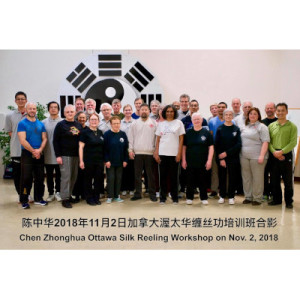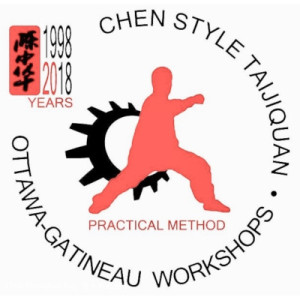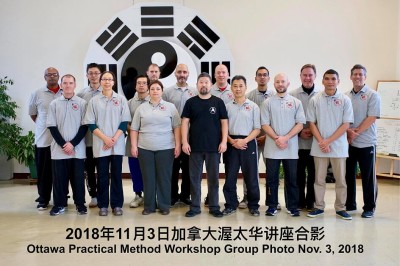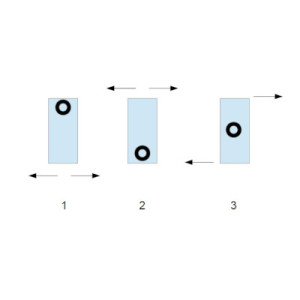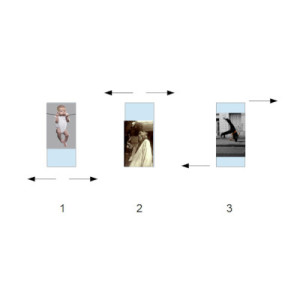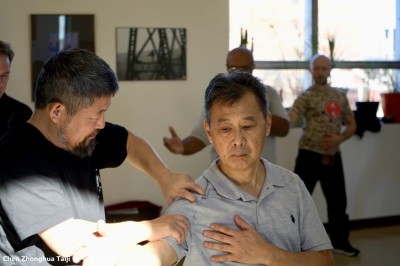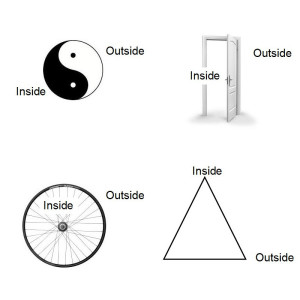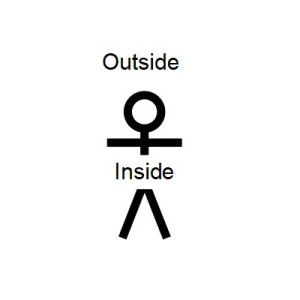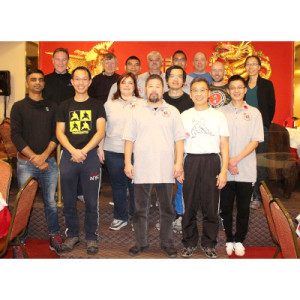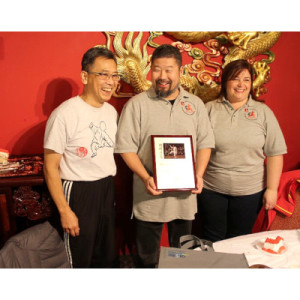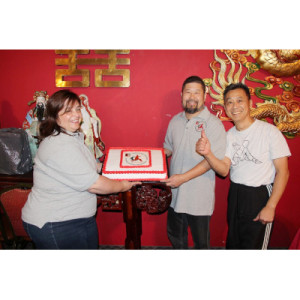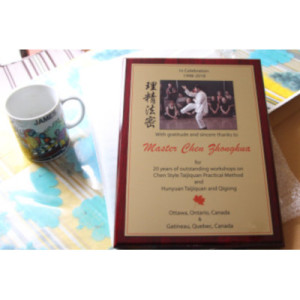| Each year, Master Chen have tirelessly come to Ottawa to share his special insight in the art of Taijiquan. This year makes the Twentieth Anniversary of those annual workshops. Disciples Rachelle B.and James T. organized a series of workshops, special events and produced a commemorative T-shirts for each participants inorder to honor this special occasion. Participants from Ottawa, Toronto, Montreal and Quebec City joined in our celebration. Over the weekend, there was a special seminar on Silk-Reeling, a review of the concept of Internal and External and many other facets in the training of the Practical Method of Chen Style Taijiquan. |
|
“It was twenty years ago today Master Chen taught the group to play They’ve been going in and out of style But they’re guaranteed to raise a smile So may I introduce to you The act you’ve known for all these years? Master Chen and the Practical Method Chen Style Taijiquan.” |
| The continual success of the Ottawa Practical Method is the direct result of the care and hard work of Master Chen. No words can adequately convey the Ottawa group’s appreciations of Master Chen’s effort in teaching this unique art. A note of thanks to Leo Song (宋振華), who accompanied Master Chen from Daqingshan, for his help in video taping and general assistance. A special thank you to Toronto instructors: Kelvin and Hugo for sharing their knowledge during group practice. We recognized The valuable contribution from Ottawa Tai Chi Chuan Association and Centre de tai-chi Gilles-Vaillant (Gatineau) to the success of this seminar. |
Silk Reeling the Basics
Master Chen learned this particular set of 35 Chen Silk-Reeling exercise directly from Grandmaster Feng Zhiqiang (馮志強; 1928-2012 ) as part of the Hunyuan t’ai chi ch’uan (陳式心意混元太極). Master Chen considers such exercises as general calisthenics that can be used as an introduction to Taijiquan. Each exercise is carried out according to Taoist principles.
|
For a Taoist, there are only three actions on a rigid rod. 1. You can hold one the top and move the bottom. 2. You can fix the bottom and move the top. 3. You can hold the middle and move either end. Actions that involves moving the rod are not according to Taoist principles. Each of the 35 Silk-Reeling exercises is an example of one of those principle. For example, we can fix the wrist and move the fingers. Another example is to fix the elbow and then move the forearm. You can apply these principles on any joint in both the upper and lower part of the body. The order for performing each exercise is not important. The progression for a student is to first understand the movement around one joint then progress to actions involving joints on both the left and right side of the body. |
Master Chen then shows how the basic silk reeling exercise leads to a movement in Grandmaster Feng’s Hunyuan t’ai chi ch’uan and to Grandmaster Hong’s Practical Method. For example, Grandmaster Hong described the importance of the hand movement of Shun and Ni. This action is carried out by locking the wrist and move the fingers in a specific way (clockwise or counter-clockwise) which illustrates a basic movement in the silk-reeling exercises.
| Master Chen also provided some insight on where such basic Taoists principles can be seen. He commented that a human life span exhibits those principles. When you are young, you like like to dangle your feet in the end (Property 1). In middle age, you can keep your center and move around the center (Property 3). In old age, your feet is planted on the ground and your head moves and sways (Property 2). |
| If you want to further explore the insight of these Taoist principles, you can find its analogy in a scientific system. For example, Taoist principles 1 or 2 creates class 2 or class 3 levers since the fulcrum (fixed hinge) is at one end of the rigid rod. Taoist principle 3 creates a class 1 lever since the fulcrum is in the middle. |
Internal and External
| The terms Internal (内) and External (外) martial arts are now in common usage. Everyone accepts on faith that Taijiquan is an internal martial art (内功 ) and Shaolin represents an external martial art (外功). However, martial arts enthusiasts founds it difficult to defined those terms in any concrete manner. Often, they recite back some phases from unverified sources that external martial arts uses “muscles and strength” while internal martial arts uses “bones, sinews and the mind.” |
Such abstract definitions had lead to popular misconceptions that over-emphases Internal Martial arts as a purely mental activity. Confusing the concept of yi (意intention) with that of yi (意idea) even leading to unsupported claims involving the spirit (Shén神).
In the Practical Method, definitions and principles must be clearly defined and easily demonstrated. So the terms Internal and External must be re-examined. The terms Internal and External is a direct result of the First Principle of Yin-Yang Separation. When you define one side as “Inside” accordingly, the other side is “Outside”. The next Taiji principle is the following: ” What is inside must stay inside. What is outside must stay outside.”
| Master Chen provides a physical explanation to this riddle by using a door as an example. The door frame is defined as the outside. The door is defined as the inside. A door works because the frame does not move but the door can swing on its hinge. For the rest of the seminar, this application of this underlying principle can seen. The circumference of the circle is on the outside and the circle ‘s center is on the inside. The power of the wheel is that everything stays on the outside and the integrity of the center is maintained. The triangle is another illustration of this principle. The apex of the triangle is on the inside and the side angle is on the outside. |
| In Taijiquan practice, the guiding principle is that the five heads must stay on the outside. The five heads being the “head, hand and feet”. With those simple illustrations, the difference between Internal and External martial arts can clearly be seen. |
|
Listen to What the Man Said
|
“Draw the bow to achieve the tension.” “No push .. just a seperation. As soon as you push, the game is over!” “When you have too much power, there is a toss.” ” Counting as you perform the routine is important. It makes sure you don’t forget moves or link them before you are ready. Be mechanical before being round.” “Silk reeling needs two parts: one stationary and one moving.” “In the beginning “Fake it” by copying the shape. This “faking” process is quietly enticing your body to do a move that it has never done before.” |
|
“At first, think only of one line don’t combine lines.”
“The circle is not real. Only that which is not real is real. (You can only see the action but not the physical object.) ” “A stick does not bend so don’t try to modify it.” “A machine is in good health but requires maintenance.” ” A ball bearing is in perfect health.other devices will get worn out. ” “Power – just tight enough and loose enough.” “Stick (粘; Zhān ), adhere (黏; Nian), link (連; 连; lian), follow (隨; Suí ) don’t lose the top. (不丢顶) .” “Manage through adjustments.” |
All’s Well That Ends Well
| Many students asked Master Chen what are the levels in Taiji achievement. Master Chen answered that any criteria for success is subjective and service only as guides. Real progress in the Practical Method requires concrete demonstration of the underlying principle and not just an intellectual understanding. He emphasis on the importance of first hand knowledge and experience by telling us stories about his progression in the art of Taijiquan. However, even with his dedication and focus, Master Chen acknowledges that he is yet to match the abilities of his own teachers: Masters Hong and Feng. Yet both Masters Hong and Feng ready admits that theie skills did not reach the level of their teacher Chen Fake. Chen Fake himself recounts the wonderful skills of his own father as well as others in Chen Village. Master Chen reminds the Ottawa students that Taijiquan knowledge is a well and no one knows how deep it runs. As long as you keep practicing, there is no end to the amazing things that one can discover. |
Twenty More Years
|
Thanks to Master Chen’s encouragement and effort, the disciples of Master Chen has maintained a Chen Style Taijiquan practice for twenty years. Let us hope that we can continue our Taiji journey with the help of our friends, family and the Ottawa community for another twenty years. |

